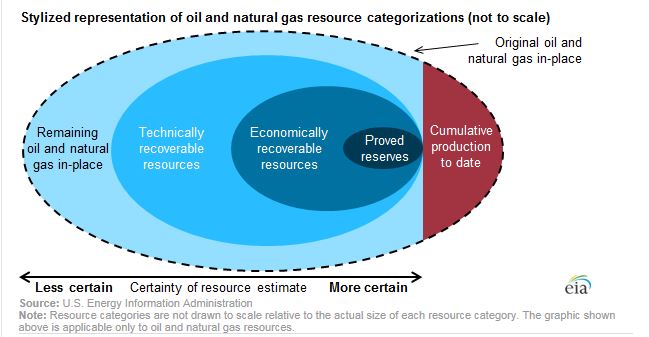
Here are three more stories in just the last week proving yet again the foolish of Malthusian thinking. The experts in a field have no clue, absolutely no clue, of the total amount of any resource available on this amazing planet. Whether it is water, crude oil, or helium, the experts don’t know what previously unknown field they will find next.
7/1 – The Million Dollar Way – Peak Oil? What Peak Oil? Huge Discovery For Hess, Exxon; $70 Billion at Current Prices – This post points to an article at Yahoo: Exxon Might Have Just Made The Largest Oil Find In Two Years. ExxonMobil and Hess Corp are in a joint venture that just discovered a huge field in deep water 120 miles off the coast of Guyana.
The new field, called Liza, likely has somewhere between 800M and 1.4B oil-equivalent barrels. Yeah, that’s somewhere in the range of one and a half billion barrels of oil. That nobody knew about. Until now.
To put this in context, there have been only five brand-new discoveries in the last four years with recoverable amounts of over 500M barrels. Only five? ONLY? To my little brain that is astounding.
Continue reading “More on the foolish Malthusian mindset that we’re gonna’ run out of everything”
